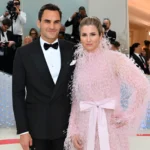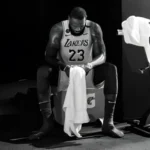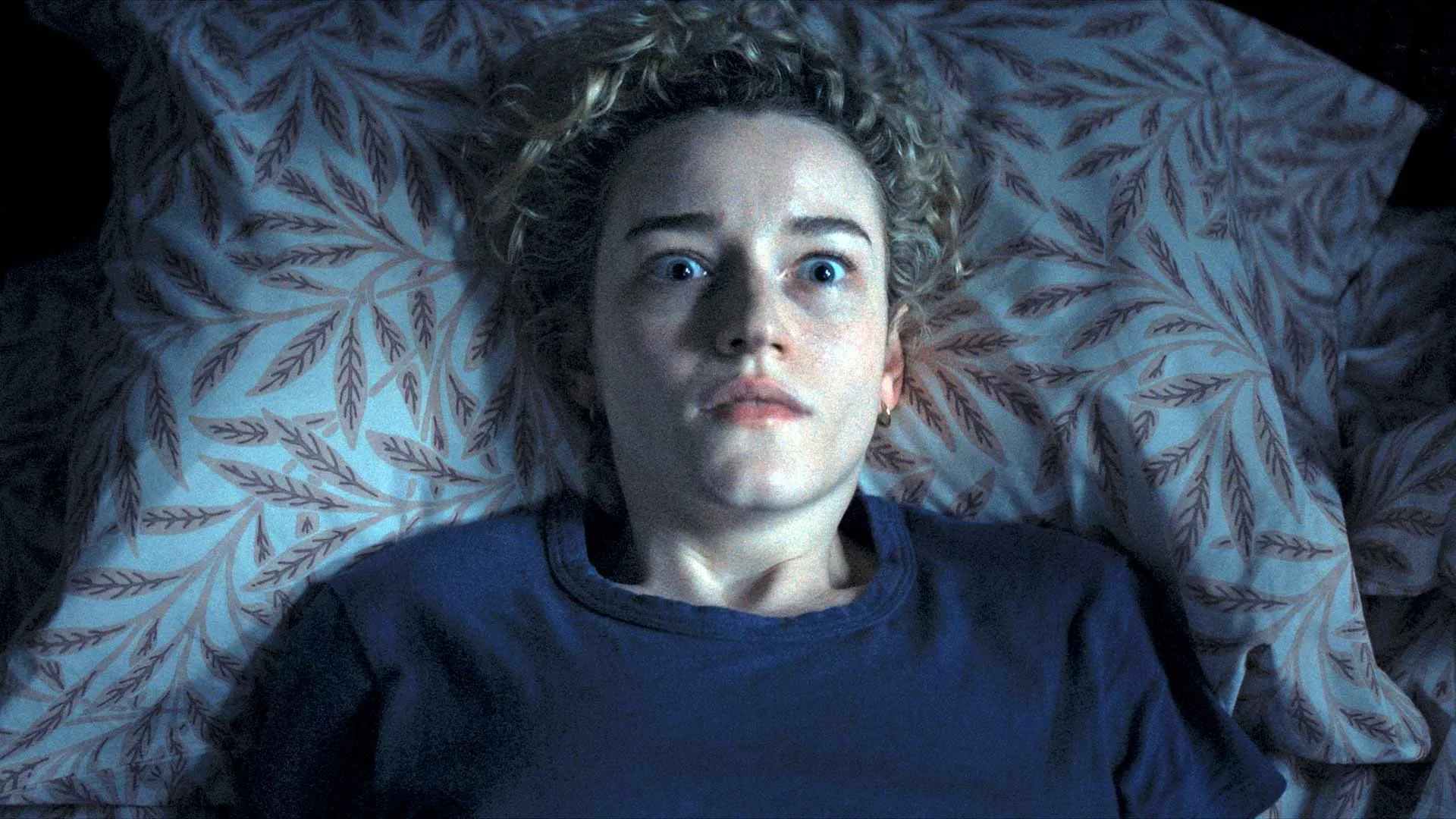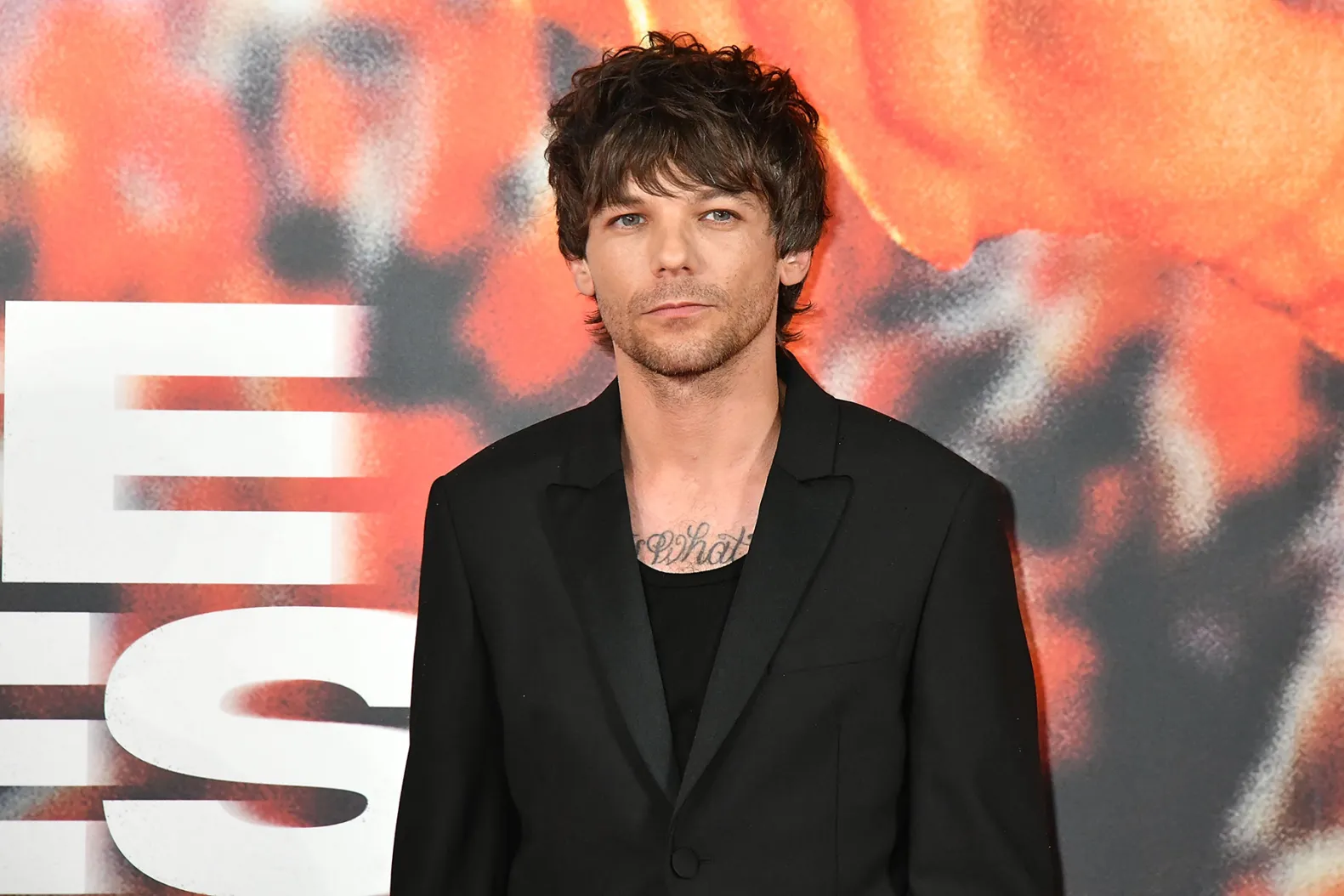
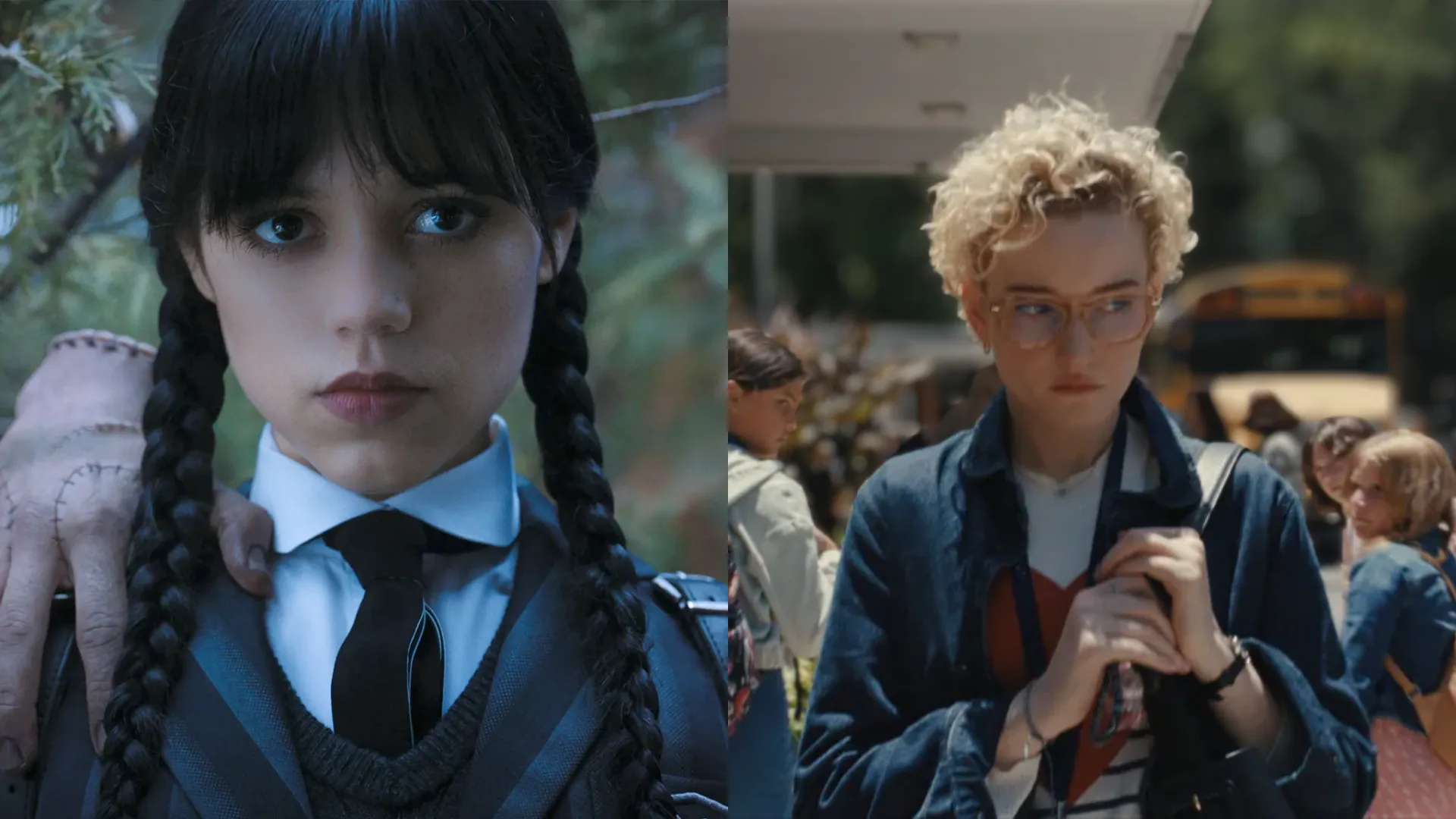
From “Wednesday” to “Weapons” The era of witches on the rise
The year 2025 has brought many unexpected trends in film and television, but one figure continues to dominate conversations across pop culture: the witch. From the second season of Netflix’s hit series Wednesday to the haunting presence in Zach Cregger’s Weapons, witches are everywhere. Even remakes like Chuck Russell’s Witchboard and original horror stories such as Bring Her Back are weaving sorcery into their plots.
But the real question is, why are witches so popular again in 2025? And more importantly, what do they symbolize in an era marked by cultural, political, and generational shifts?
The Return of Classic Horror Icons
This year has already been a strong one for horror. Vampires and zombies have made their way back to the box office with films like Sinners and 28 Years Later. Guillermo del Toro’s long-awaited Frankenstein is set to debut, promising a modern spin on a legendary monster.
Yet, even as audiences line up for these classic creatures, witches are proving to be the silent force of the season. They aren’t just appearing as background villains — they are pivotal characters driving narratives, shaping stories, and reflecting cultural anxieties.
Witches in Today’s Pop Culture
In just one week this summer, audiences were treated to a triple reminder of witchcraft’s endurance. Wednesday returned with its gothic, magical atmosphere; Weapons shocked viewers with its chilling sorceress character; and Witchboard reimagined its antagonist with a far more sinister witch figure.
Even films like Bring Her Back use witchcraft as a metaphor for grief and obsession, tying occult themes to modern struggles. Clearly, witches are not fading into obscurity — they are more relevant than ever.
Why Audiences Can’t Get Enough of Witches
For decades, witches have been symbols of fear, rebellion, and power. Hollywood has revisited them repeatedly, especially during moments of social transformation.
-
In the 1960s and 70s, the occult revival blended with feminism, giving us unforgettable films like Rosemary’s Baby and Season of the Witch.
-
The 1990s witnessed the “teen witch” boom, from The Craft to Charmed, reflecting the frustrations and independence of a new generation.
-
The 2010s saw the rise of A24-style “elevated horror,” with The Witch, Hereditary, and Suspiria connecting witchcraft with female rage and liberation.
Today, in 2025, witches are once again shifting roles — but their new portrayals tell a very different story.
Witches as Mirrors of Cultural Anxiety
Witches are not just fantasy characters. They function as cultural mirrors, reflecting societal anxieties. Historically, women who defied traditional roles were branded as witches. From medieval accusations to Salem trials, witchcraft was used to suppress independence.
In films, that tradition has continued. When women in society push against expectations, witches rise in cinema as symbols of both empowerment and danger. When conservatism dominates, witches often return as villains, warnings, or threats.
From Empowerment to Fear
The 2010s witches were often framed as empowering figures. The Witch gave us a protagonist who embraced freedom by joining her coven, symbolizing rebellion against oppression. Films from that era aligned witches with feminism, independence, and resistance.
But now, the 2020s witches seem more dangerous. In movies like Weapons or Bring Her Back, they are portrayed as destructive, shadowy forces that harm families or corrupt innocence.
This tonal change matches the larger cultural realignment of the decade, where conservative values and discussions about traditional roles for women are resurfacing. Instead of celebrating witches, cinema is once again warning against them.
The Cyclical Nature of Witch Narratives
Cinema, like history, is cyclical. Just as the liberal energy of the 1960s gave way to conservative paranoia in the 1970s, we are witnessing another turn of the wheel. During the Reagan era, witches often lost their radical edge and were repurposed into either comic relief (Hocus Pocus) or safe, domesticated figures.
The oversaturation of feminist-oriented witch films in the 2010s created fatigue, and combined with today’s political climate, it set the stage for witches to be reimagined as malevolent antagonists once again.
Witches in the Trump Age
The “Trump Age” has dramatically influenced cultural storytelling. Discussions around tradwives, conservative family values, and women leaving the workforce have resurfaced. These societal narratives filter into entertainment, consciously or unconsciously shaping portrayals of witches.
In this climate, witches are no longer the figures you root for — they’re warnings. They represent chaos, rebellion gone wrong, and forces that destabilize the family unit. Their resurgence in horror films suggests a cultural unease with shifting gender roles and a return to traditional structures.
Modern Examples of Witchcraft in Media
Let’s look at how witches appear in current 2025 media:
-
Wednesday (Season 2): A gothic heroine navigating identity and mystery, tapping into a mix of empowerment and eerie supernatural themes.
-
Weapons: A shocking witch character underscores the dangers of hidden, corrupting forces in society.
-
Witchboard: By replacing a male warlock with a witch, the remake amplifies danger and unpredictability.
-
Bring Her Back: Witchcraft is linked to grief, obsession, and destructive maternal instincts, a chilling commentary on family and control.
Each of these stories uses witches not just for scares but for symbolism, showing how sorcery reflects deeper social issues.
Are Witches Still Feminist Icons?
Despite their darker portrayals in current horror, witches remain dual symbols. While mainstream horror leans into fear, other parts of pop culture still embrace witches as feminist figures.
For example, Florence and the Machine recently released a music video drawing on witch imagery tied to empowerment, not fear. Broadway’s Wicked continues to thrive, championing “girl power” through its witch protagonists.
This split shows that witches can simultaneously represent resistance and danger — depending on the cultural lens applied.
What Witches Mean in 2025
So, what does the season of the witch mean in 2025? It means we are in a cultural moment where witches are shifting once again.
-
They are entertaining: Audiences love their dark allure.
-
They are symbolic: They reflect anxieties about family, gender roles, and rebellion.
-
They are cyclical: Their popularity rises and falls depending on cultural climates.
In short, witches have survived centuries because they are adaptable. In 2025, they remind us of society’s shifting values and fears, appearing both as feminist heroes in some media and as terrifying villains in others.
Conclusion: The Witch Will Never Disappear
The fascination with witches is not a passing trend. From medieval folklore to Hollywood blockbusters, witches endure because they are infinitely flexible symbols. Whether representing empowerment, rebellion, or fear, they embody what societies cannot fully control.
As 2025 unfolds, witches are no longer simply the young woman triumphantly joining her coven as in The Witch. Instead, they stand at a crossroads, mirroring a cultural era torn between progress and tradition.
If history is any guide, witches will continue to evolve — and the next time you head to the theater, don’t be surprised if you see them back at the stake, reimagined once again for a new generation.


